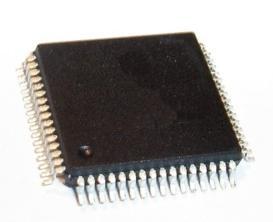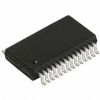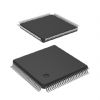CY7C1166V18: Features: · 18 Mbit density (2M x 8, 2M x 9, 1M x 18, 512K x 36)· 300 MHz to 400 MHz clock for high bandwidth· 2-Word burst for reducing address bus frequency· Double Data Rate (DDR) interfaces ...
floor Price/Ceiling Price
- Part Number:
- CY7C1166V18
- Supply Ability:
- 5000
Price Break
- Qty
- 1~5000
- Unit Price
- Negotiable
- Processing time
- 15 Days
SeekIC Buyer Protection PLUS - newly updated for 2013!
- Escrow Protection.
- Guaranteed refunds.
- Secure payments.
- Learn more >>
Month Sales
268 Transactions
Payment Methods
All payment methods are secure and covered by SeekIC Buyer Protection PLUS.

 CY7C1166V18 Data Sheet
CY7C1166V18 Data Sheet







